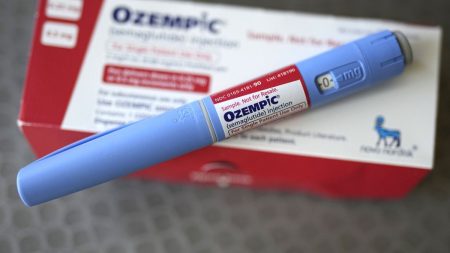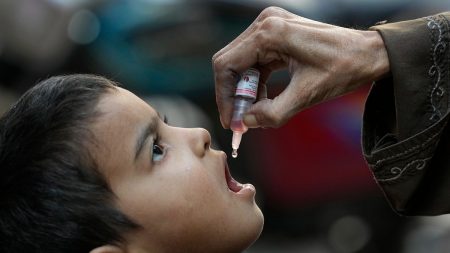Pneumonia, an inflammatory condition affecting the lungs, typically arises from bacterial or viral infections, mirroring the transmission pattern of the common cold. While a majority of individuals recover within a few weeks, pneumonia poses a significant threat to vulnerable populations such as infants, the elderly, and those with pre-existing heart or lung conditions, often necessitating hospitalization. This underscores the importance of understanding the causes, symptoms, treatment, and preventive measures associated with this potentially life-threatening respiratory illness.
The primary culprits behind pneumonia are bacterial and viral infections. Direct transmission from an infected individual is common, similar to the spread of common cold viruses. Moreover, pneumonia can develop as a secondary infection in individuals already battling other respiratory illnesses like influenza, respiratory syncytial virus (RSV), or COVID-19. This emphasizes the interconnectedness of respiratory infections and the potential for one illness to pave the way for another, particularly in individuals with compromised immune systems or underlying health conditions.
The characteristic symptoms of pneumonia include coughing, shortness of breath, elevated body temperature, and chest pain. These respiratory symptoms often manifest alongside generalized symptoms like muscle aches, fatigue, and loss of appetite. In older adults, pneumonia can also present with confusion, highlighting the diverse ways in which the illness can affect different age groups. Recognizing these symptoms is crucial for prompt diagnosis and treatment, especially in high-risk individuals.
Treatment for pneumonia typically involves administering antibiotics to combat the underlying bacterial infection. The majority of patients recover within two to four weeks with this standard course of treatment. However, individuals belonging to high-risk groups, including infants, those over 65, and individuals with cardiovascular disease or chronic lung conditions, may require hospitalization. Inpatient care often involves intravenous fluids, antibiotics, and supplemental oxygen to support breathing and facilitate recovery.
Preventive measures play a vital role in mitigating the risk of pneumonia. Vaccination against common respiratory viruses like COVID-19, RSV, and influenza is strongly recommended as these infections can predispose individuals to pneumonia. The pneumococcal vaccine offers additional protection against not only pneumonia but also severe illnesses such as meningitis and sepsis. These vaccinations are particularly important for vulnerable populations who are at increased risk of developing severe complications from pneumonia.
The significant impact of pneumonia on public health is evident in the estimated 120,000 deaths it causes annually across Europe. The case of David Sassoli, former President of the European Parliament, exemplifies the potentially devastating consequences of pneumonia, particularly when complicated by underlying health conditions. His severe bout of legionella pneumonia, which led to a prolonged hospitalization and ultimately contributed to his death, underscores the importance of preventive measures and prompt medical attention in managing this serious respiratory illness. Public awareness and proactive healthcare strategies are essential to reduce the burden of pneumonia and improve patient outcomes.














